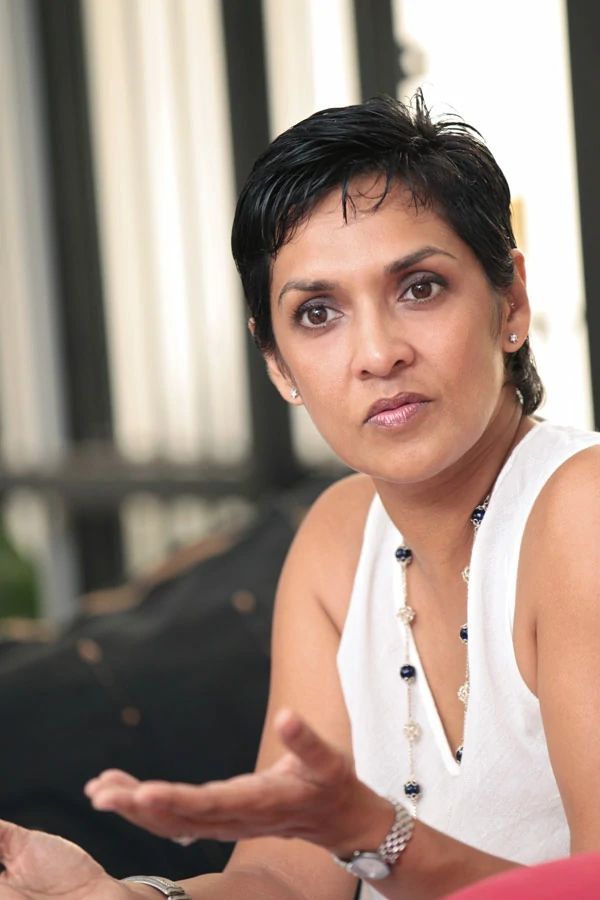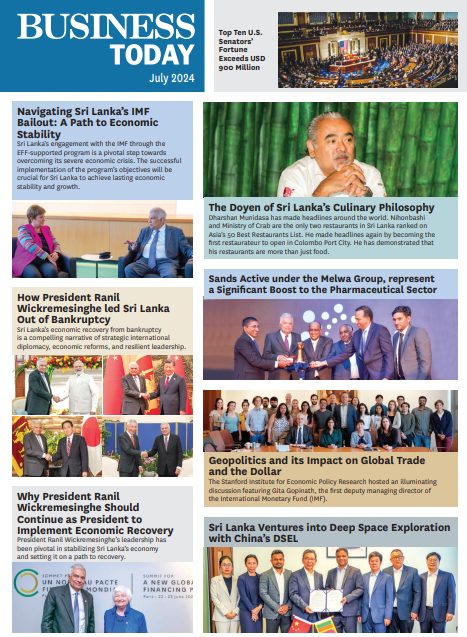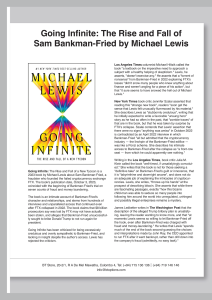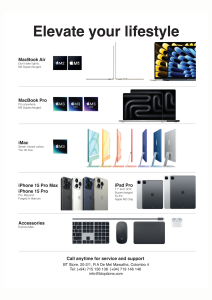
Introducing a new concept to the apparel industry of Sri Lanka the Founder and CEO of RED – Re-engineered Design, Mihiri De Silva speaks to Business Today about her new venture in the industry. With the launch of a fresh collection based on the RED concept, she brings to light the value and sustainability in this approach, inspiring a lifestyle choice.
By Udeshi Amarasinghe
Photography by Menaka Aravinda
You are the founder of RED – Re-engineered Design. Can you tell us the thinking behind this venture?
I come from a textile and apparel background. I completed my studies in textile design and textile technology in the UK. Thereafter I was in the industry for almost 20 years working at Speville M&W, MAS and then at Brandix. While being Head of Design at MAS and Brandix, I noticed that within the process of garment manufacturing there is a large amount of waste accumulating as a by product, which is a norm in the industry. But it was also apparent to me that we did not make a conscious effort to make use of the post waste as it is considered “dead waste”, which is paid for. There was no pressure to recycle or re-use the material in a long term, productive way.
Having seen the amount of waste that is produced in the process and also speaking to people who have pioneered methods that are ethical and environmentally friendly in disposal of waste products, I looked at options in Sri Lanka when I left the industry.
I left the industry about a year and a half ago hoping to take a complete break but one always tends to be drawn back to what you know best. I have taken a completely different route and that is what has actually led me to get into something that is different, but still related to apparel, which I know best.
RED Is Sustainable, Ethical, Fashionable And When Our Products Are Manufactured, It Will Have A Lower Carbon Footprint Than Any Comparable Product Manufactured In Sri Lanka.
Can you elaborate to us on REDs sustainable manufacturing and what it entails in the apparel sector?
In the context of RED; RED is sustainable, ethical, fashionable and when our products are manufactured, it will have a lower carbon footprint than any comparable product manufactured in Sri Lanka.
Sustainable because I am reusing industry post waste – the good waste. Currently, I am working with waste fabric and trims. I have the option of working with stock garments as well. I know factories that have two to five million dollars worth of stock garments, fabric and trims. Since these are stored in containers or warehouses, they are not utilised for productive purposes and disposed of after a certain time period. I am using this material to produce new garments. As such RED is sustainable.
RED is also ethical as the garments are manufactured at factories, which have the “Garments Without Guilt” certification. There is no child labour, no forced labour, fair wages are paid, working conditions are right and these are not sweat shops. Hence RED manufactures ethically.
RED is also a low carbon product because fewer processes are involved in the production. There is no need to manufacture yarn or fabric and there is no shipping of material if it is a fabric not made in Sri Lanka, as all requirements are already available in large quantities. We are reusing the material that is already there and will only be shipping the final product. That is why RED will have a lower carbon footprint than any apparel product manufactured in Sri Lanka. With RED, we do not use anything new in our collection, except for creative ideas, nor do we order anything new. If you tell me, “I have a stock of fabric, come and have a look at it”, whatever it is in the warehouse I will convert into a new fashion line.
RED also has attractive lead-times as there are fewer processes. Due to the nature of the business, my limitations are colour and the types of fabric qualities available in Sri Lanka. I may not have silks and high end fabrics as such because we do not manufacture haute couture clothing in Sri Lanka.
How relevant is this type of manufacturing to Sri Lanka?
This process of manufacturing will become more relevant in time to come with GSP Plus being removed. While there will always be waste as a by product of the business, there are other ways too which results in the accumulation of waste. A buyer can always discontinue a line after the garments have been manufactured due to poor sales or faulty garments and it is cheaper for them to store it in Sri Lanka than ship it to a warehouse in the US or Europe. They would ask the factory to dispose the material as they deemed fit, which would result in the products being stored, burnt or used for landfill. Therefore re-engineering these garments will not only be environmentally friendly but will also be a source of income.
I feel that it is a niche and relevant because you dispose your waste in a sensible and ethical way. That is why we say ‘don’t burn and don’t throw’, convert it or up-cycle it. RED will assess the carbon footprint and develop a GHG (green house gases) inventory at the partner factories in time to come by creating operational and organisational boundaries by setting baselines to calculate product lifecycle emissions using internationally recognised standards. Furthermore, this process entails forward integration where the production process is complete but we take it to the next level and “re-manufacture” another product that can be exported.
What is the market for the product?
Initially Europe is where RED is looking to break into. A pre-launch collection was done for two reasons. One was to work with a few selected factories in the industry to understand the logistics of this new process. Two, when introducing RED as Sri Lanka’s first sustainable fashion label, we had to have a product to show. My industry experience and credibility alone is not enough to take my product forward. Currently I am in conversation with a couple of parties in Europe. To me Europe is much more aware of sustainable, ethical and eco manufacturing.
Were there any challenges? If so how did you overcome these challenges?
Primarily changing the mind set of people to make them aware that post waste had a market other than converting “stocks” into small runs for the local market or selling small amounts to local “buyers” who sell these in places like Pamunuwa. One thing that I need to emphasise is that the materials used are good waste – left over items that have not been used. People are more concerned about the process than the end product because they are not familiar with the process – that is reconverting it into something, which can be re-exported. By re-using post waste, technically the manufacturer gets paid twice or one and a half times. Maybe not at the same price as purchased originally, but it is a sustainable process of removing stock. I also had challenges in convincing people to understand the whole ethos or the whole story behind what RED was trying to do. However the two factories I am working with, Penguin and Sanchia have been extremely supportive and have gone out of their way to partner with RED.
To what extent have you proceeded with the apparel industry of Sri Lanka?
These are early days for RED and I am very selective about the fabrics I can use. There is much you can do with the material and I am currently working on a ready-to-wear women’s wear collection. I approached factories that actually have strengths in manufacturing such products. My next phase will be in men’s wear and children’s wear. I started with a line that appealed to me the most.
We are also looking at print options where we will be utilising old screens, which would have otherwise been burnt or thrown away and using ex-stock embroidery and knitting thread, thereby bringing in sustainability in value additions as well.
What has been done to create awareness within the apparel industry on RED?
I am focusing on working with a few key players in the industry who understand and value the process and system. For the RED launch collection I will not only be working with garment manufacturers but also with printers and hand knitters who believe in sustainability.
I am also working with selected schools to involve the younger generations in the process. RED will have a new gen graphic T shirt collection, which will be designed by a selected team of five young school children. I have made them a part of the creative team for graphics. I am approaching schools because it is essential to make the younger generations aware of sustainable clothing and the need to not always wear pricey branded clothing which is a cost you pay for the brand name in most cases.
What are the apparel sector companies you are working with?
I am working with two factories; Penguin and Sanchia. These are already established factories who have the “Garments without Guilt” certification. One specialises in manufacturing knit clothing, and the other specialises in woven dresses. RED can be done in different ways; you can collect stocks from about five factories and manufacture in one specified factory or work with factories using their own waste. Right now I am working with the stock/post waste that each factory has.
I Am Approaching Schools Because It Is Essential To Make The Younger Generations Aware Of Sustainable Clothing And The Need To Not Always Wear Pricey Branded Clothing.
How has the Sri Lankan Apparel sector responded to RED?
The concept is still new to the industry. I am hoping that once we launch it in November they will become more aware of RED and will partner with us so that we can utilise their post waste into something useful and credible.
With the website going online recently, key opinion leaders in ethical fashion in the UK have given me very encouraging feedback having seen the collection and said that it has a very good feel, which can be marketed in Europe. Therefore, the initial reaction has been very positive. There have been many individual inquiries in response to the website. However, at this juncture, it is not feasible to do individual pieces, as I am working with the apparel industry. I need to first get the label out there; especially Europe and then it will be easier for me to look at doing individual pieces.
You are saying that fashion can go green. As a pioneer in this sector, how would you encourage the consumer to go green?
When you say green – it doesn’t have to be unappealing clothing. Just because it has a green tag, it should not be a feel good purchase. Ethical labelling and attitude has to be part and parcel of one’s lifestyle. As for me, if you have a good base fabric, you can design anything. My sources of inspiration is wearable clothing which isn’t always driven by fashion itself. It has to be clothing which stands out, a lifestyle product combined with ethical luxury. In terms of styling, you can do just about anything and it has no reason not to be fashionable. You can go “green” by one’s choice and approach of your lifestyle which isn’t only clothing.
Can you tell us about the launch itself?
The launch is going to take place at the Sri Lanka Design Festival this year, which will be in November. The event will also host a delegation from the UK, Europe and the US. It is a high-end delegation comprising of retailers, buyers and designers. We also have a strong press attendance from the UK. The Sri Lanka Design Festival is an ideal platform to launch RED, as it is truly Sri Lankan yet caters to a niche international market.
The Sri Lanka Design Festival is from November 11-17, 2010. The launch collection will showcase women’s wear collection, the new gen graphic T shirt collection and a truly Asian line, which will be a capsule collection of saree-dresses.
When You Say Green – It Doesn’t Have To Be Unappealing Clothing. Just Because It Has A Green Tag, It Should Not Be A Feel Good Purchase. Ethical Labelling And Attitude Has To Be Part And Parcel Of One’s Lifestyle.
What are the next steps for RED?
There are a few plans in the pipeline. One is to continue working with creative school children on various projects. I want to move into other lines like fashionable maternity wear. Making mothers-to-be think about sustainable and ethical clothing for themselves and their babies.
It is a beginning of a new lifestyle. It has to be something you do willingly, and you need to want to do it. You have to be aware that you can recycle clothes. RED is creating awareness of a lifestyle.
Can you tell us about yourself?
I come from a small but strong close-knit family of four. My father is an architect and my mother is dynamic house wife. I have a very supportive brother and sister-in-law. I am a single parent to a very active 14-year-old son and my partner supports me in life.
I studied at Methodist College; thereafter I obtained my degree from Leeds University, UK. From a career perspective; I was at Speville M&W for a short period, then I had a nine-year run at MAS as Head of Product Development and Design, took a year off and then my last nine years was as Head of Design at Brandix.
I used to lecture at the University of Moratuwa on Fashion studies, and continue to be a Lecturer at the Academy of Design and have been for the past ten years. I enjoy food, travelling and outdoor life.
What lies ahead for you?
I am motivated by creativity. I like challenges that get my adrenaline flowing. While I launch RED in November, the next stage will be actually travelling with the collection, working very closely with more factories. I will have more manufacturing options and concentrate in marketing RED in Europe and taking a more hands-on approach.








